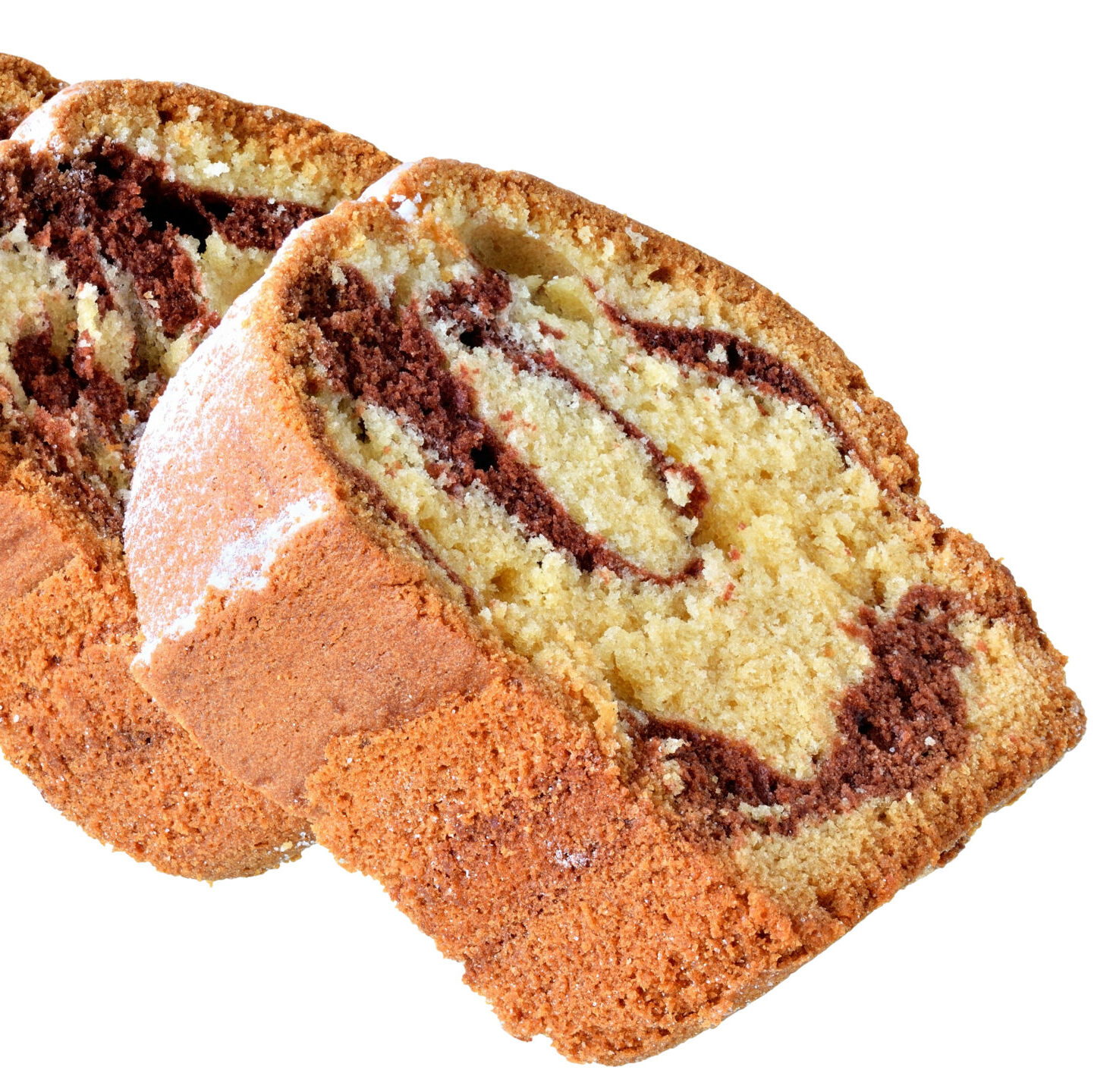Origin
Double-acting baking powder was developed by chemist George Campbell Rew (1869-1924) and William M. Wright (1851-1931) in 1889. They marketed the product under the name Calumet Baking Powder. In 1928, the company was bought by General Foods.1
Function
Double-acting baking powders can utilize a variety of leavening acid combinations to create a multistage gassing profile. Sodium aluminum phosphate (SALP) or sodium aluminum sulfate (SAS) combined with monocalcium phosphate (MCP) are the most common combinations. These are blended with either sodium bicarbonate or potassium bicarbonate to produce carbon dioxide. In Europe, where aluminum-based acidulants are prohibited, a combination of sodium acid pyrophosphate (SAPP) and MCP is the most common choice of leavening acids for double-acting baking powders.
In double-acting formulas, the moisture-sensitive acid is meant to prime (not leaven) the dough, seeding it with carbon dioxide, by acid and alkaline reaction. Then the heat-sensitive acid kicks in right as cakes and cookies need it most–about midway through the baking process, when softly set batters and doughs threaten to collapse.2
Many bakers use double acting baking powders when they have small scale batch processes. However, when scaling up to larger continual processes, especially where the Oaks equipment is involved, different leavening acids need to be utilized to properly handle the process. This typically means using single-acting baking powders that contain heat-activated acids, such as sodium acid pyrophosphate (SAPP) or sodium aluminum phosphate (SALP).
Application
Although double-acting baking powders can be used in a variety of dough and batter products, the most common industrial application is muffins. As the outer edge of the muffin begins to set, the second stage of aeration from the double-acting baking powder causes rapid expansion through the center of the muffin (where the batter is yet to set), helping to form the classic peaked shape.
The dosage rate for baking powder can vary significantly depending on the product and the particular qualities desired in the finished bake. A typical cake recipe will use 3-5% baking powder on flour weight, whereas scones may require over 6% on flour weight. Using too much will result in a bitter-tasting product, large bubbles, and surface blistering. Using too little will result in a tough, dense crumb with little volume.
FDA regulation
Baking powder is generally recognized as safe (GRAS) regulated by U.S. Food and Drug Administration in the article 21CFR182.1.4
References
- “Baking Powder History” What’s Cooking America. 14 Sept. 2016. whatscookingamerica.net/History/BakingPowderHistory. Accessed 30 Dec. 2016.
- Parks, Stella. “Cookie Science: How Does Baking Powder Affect My Cookies?” Serious Eats. 08 Dec. 2015. www.seriouseats.com/2015/12/cookie-science-baking-powder. Accessed 30 Dec. 2016.
- “CFR – Code of Federal Regulations 21CFR182.1.” U.S. Food and Drug Administration, 1 Apr. 2016. www.accessdata.fda.gov/scripts/cdrh/cfdocs/cfcfr/CFRSearch.cfm?fr=182.1. Accessed 03 Jan. 2017.

